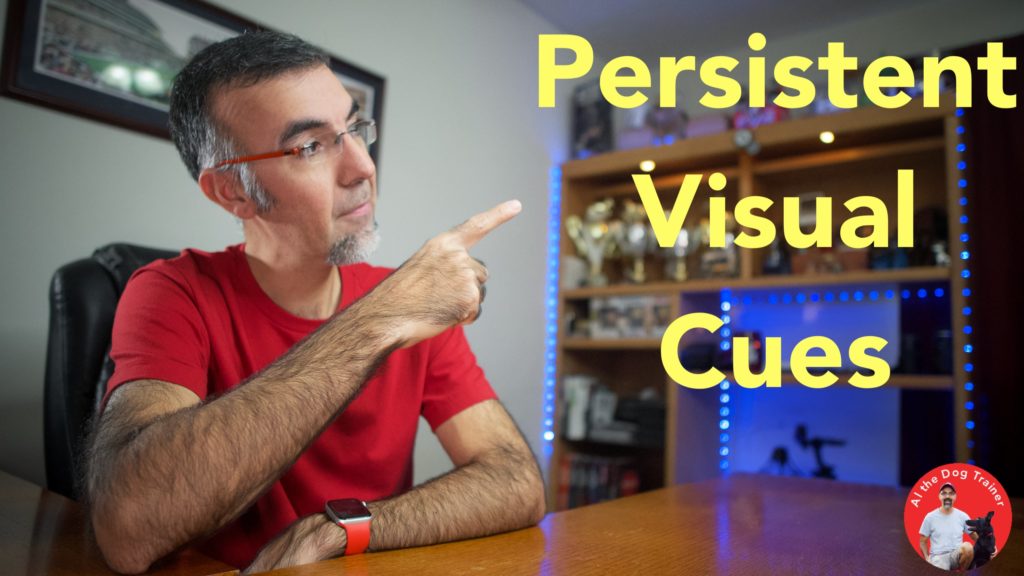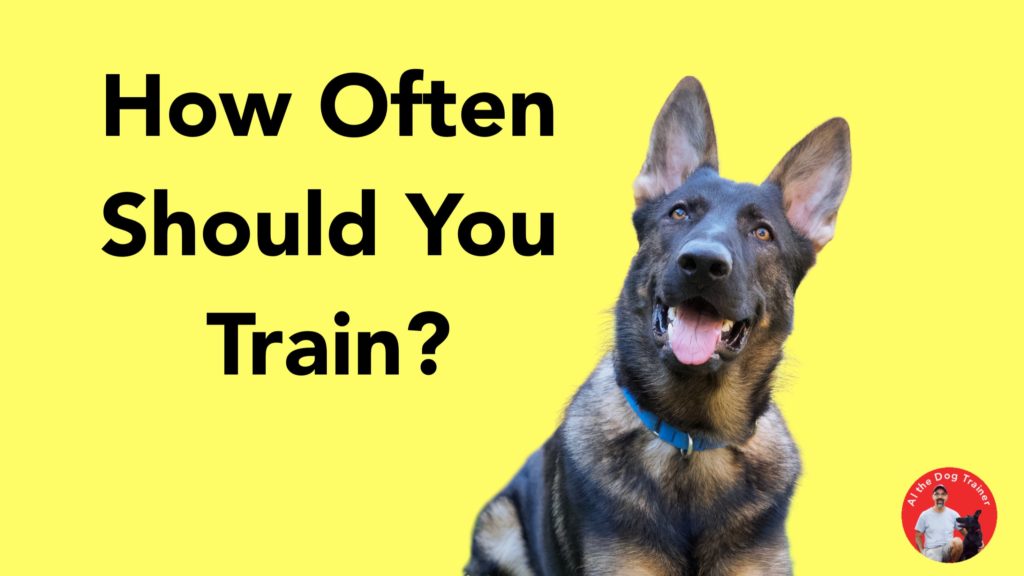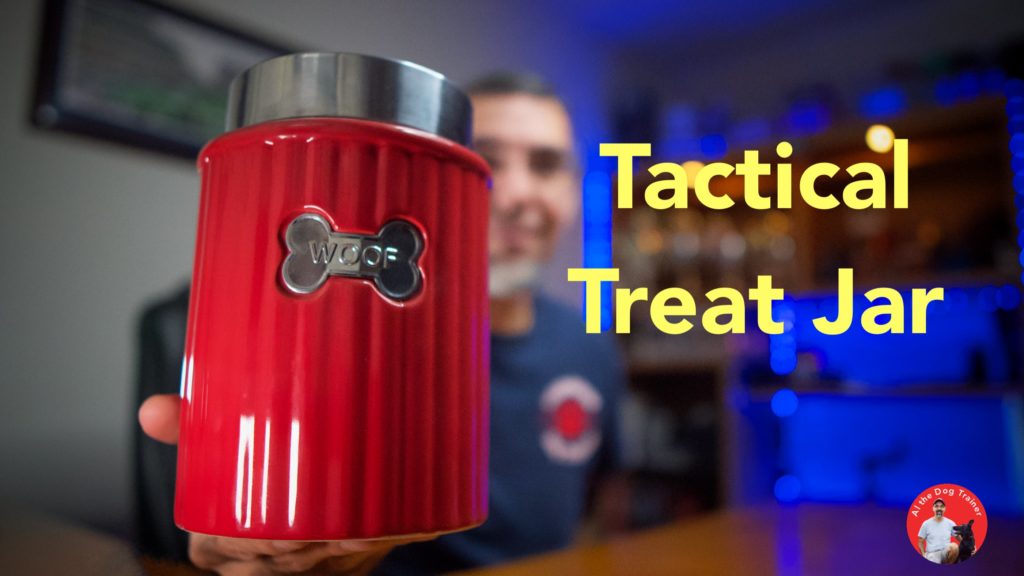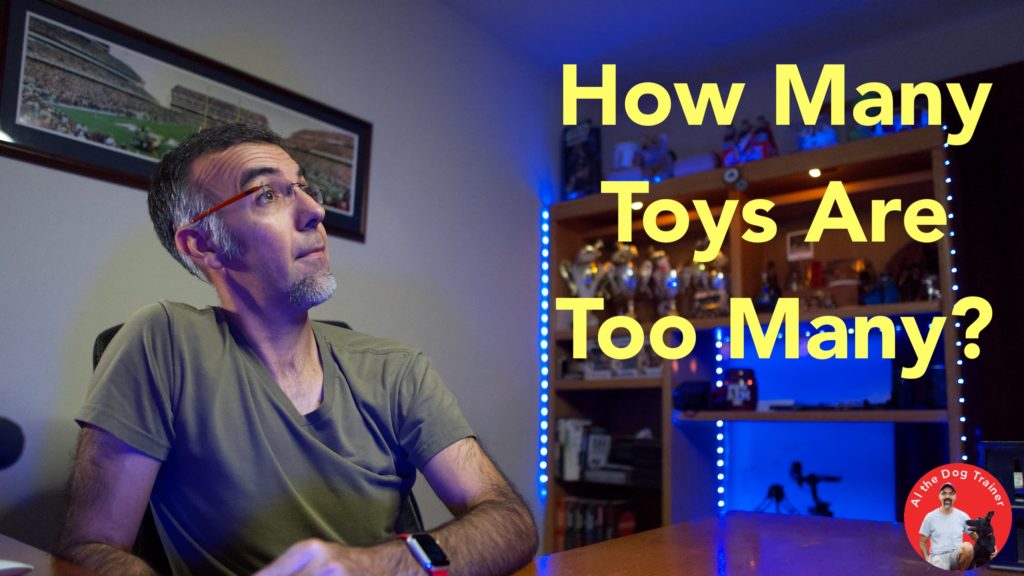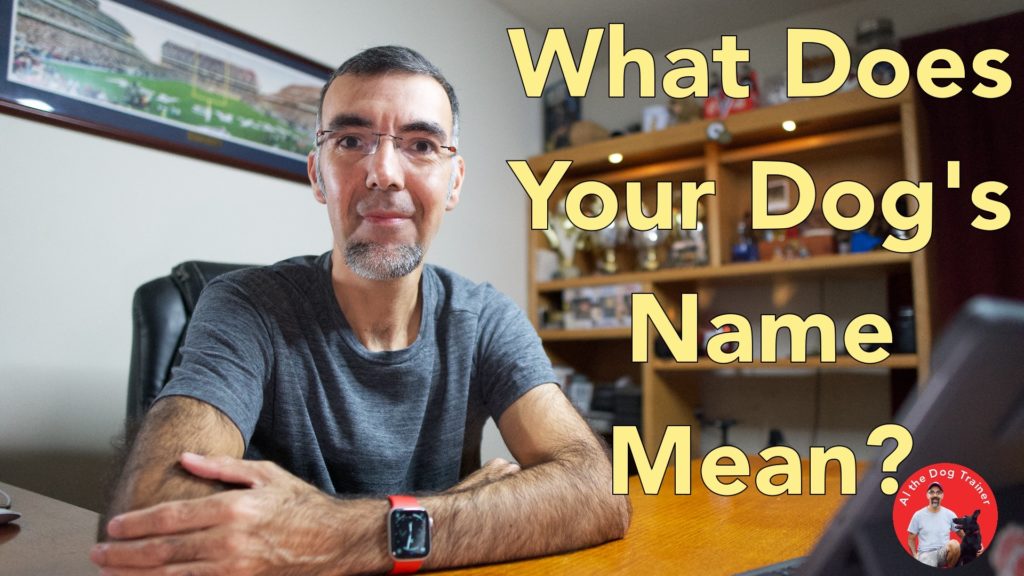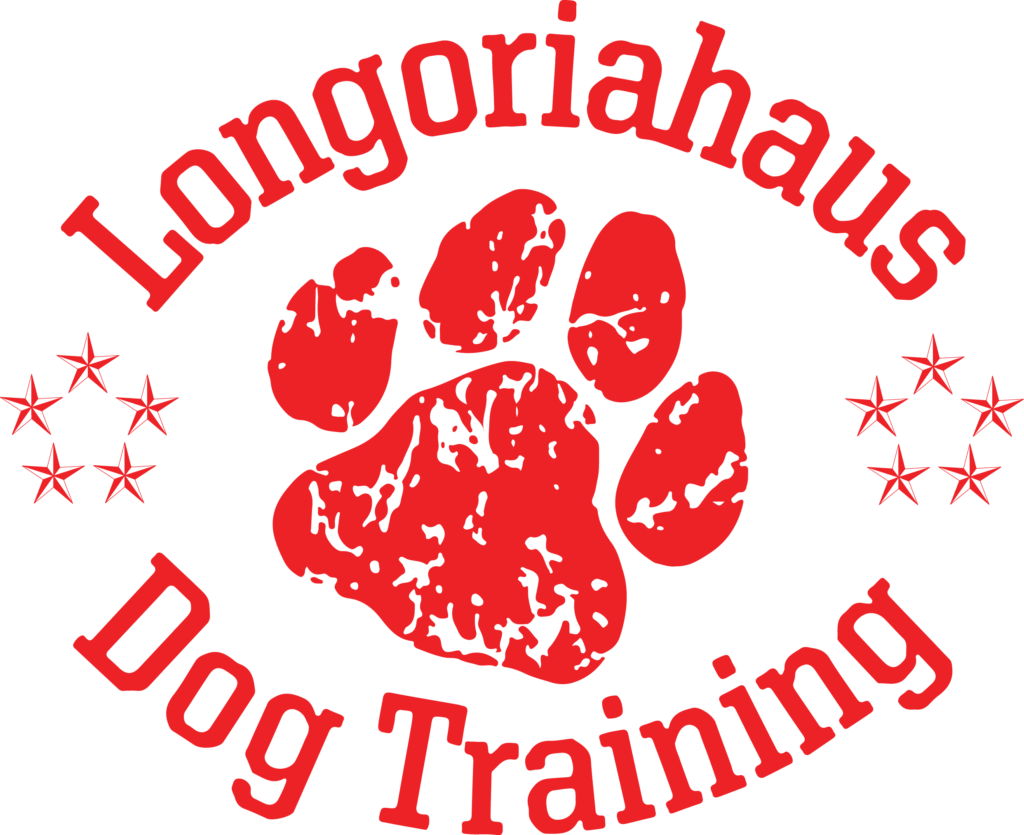Persistent Visual Cues
There are various ways you can cue your dog to do the things you want them to do. You can use a leash, use food; you can use body language. And obviously, you can use a voice command. But one of the things that I want to dive into a little bit today is persistent visual cues.
When working with your dog, controlling what your dog sees is very beneficial. So what I want to do is share just some tips that might make your training just a little easier.
Disappearing Cues
Okay, so let me share a problem that I often see happen. So the problem that I see is that sometimes when people want their dogs to do a down, they will point to the dog in the direction that they want the dog down or something like that. But I’m noticing that cue, that hand signal where they’re pointing for the dog to go down, disappears very quickly. And that is where it becomes a problem.
Think of it this way.
Let’s say that you are good at math, and I gave you a problem like 347 plus 22. And then as you were thinking about it, I said, okay, well, now what’s the answer to 423 plus 19 and so forth and so on. If I kept throwing those math problems at you, it’s unlikely you would get them right. You’d have to be some super-genius if you’re going to be able to spit out those answers quickly.
And that’s what it’s like for your dog. We give them one visual cue. And as they are thinking about it, we’re already changing the cue into something else.
Some of the best help you can deploy is to have patience with your dog as you maintain a persistent visual cue.
Homework
So here’s a little bit of homework for you guys that want to test this out.
You can try a down command. Try pointing straight down when your dog is looking at you. You can lure your dog if you need to by hiding a piece of food in your hand and then getting your dog down where they smell it. But keep that persistent visual cue.
So here’s another test. You could put a piece of food in your hand and get your dog to sit by bringing it to their nose and raising your hand, and then keep that persistent visual cue. I want you to try to get about ten repetitions in a row of that. And what you should notice is that as you’re giving these cues to your dog and you’re maintaining that consistent visual cue, your dog will end up responding faster and faster as you go through this process.
So the tip for today is to maintain those persistent visual cues for your dog, allowing them to figure out the problem. Then once they do, make sure that you make a great, meaningful reward for their efforts.
All right, guys. Well, that’s it for today’s tip. I hope that was useful for you guys. If you did find it helpful, please go to the YouTube Video and like this content. It really helps the channel out quite a bit. If you haven’t already taken the opportunity, it would mean a lot to me if you would subscribe to the channel.
You guys have a wonderful day and happy training!

